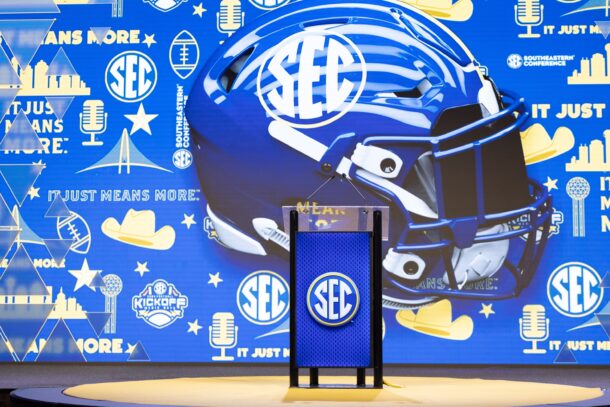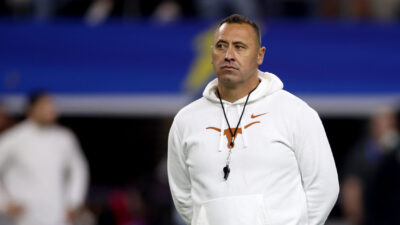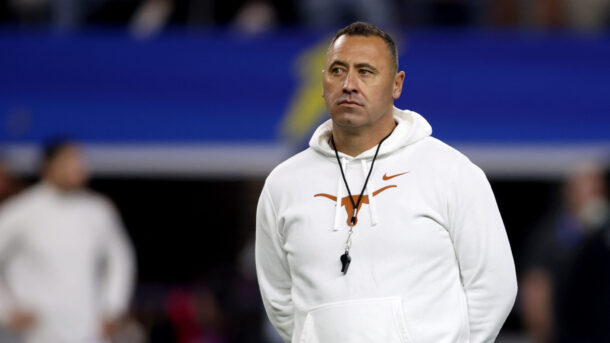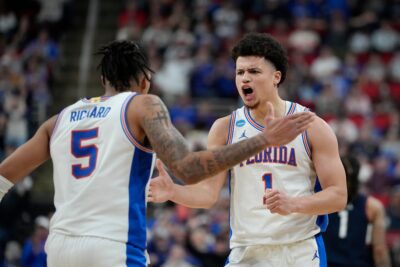Ad Disclosure
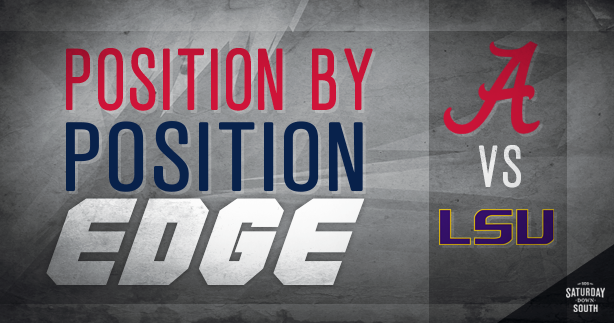
Nick Saban said he considers LSU an undefeated team.
That’s because the 5-2 Tigers are 3-0 since Ed Orgeron took over the team on an interim basis, and in those three games, LSU has put up numbers that make the annual Alabama war look interesting.
Bet you didn’t know that if you take out the four games under Les Miles, LSU has become one of the most efficient passing teams in the SEC.
But has LSU improved enough under Orgeron to close the gap with mighty Alabama? Let’s take a look:
When Alabama has the ball
QB Jalen Hurts vs. LSU pass defense: Hurts has been unflappable as a true freshman, coming into the game fourth in the SEC in pass efficiency and sixth in yards per game (197.3), a statistic that’s a little deceiving given that with his running ability, some pass plays end up with positive results via his feet.
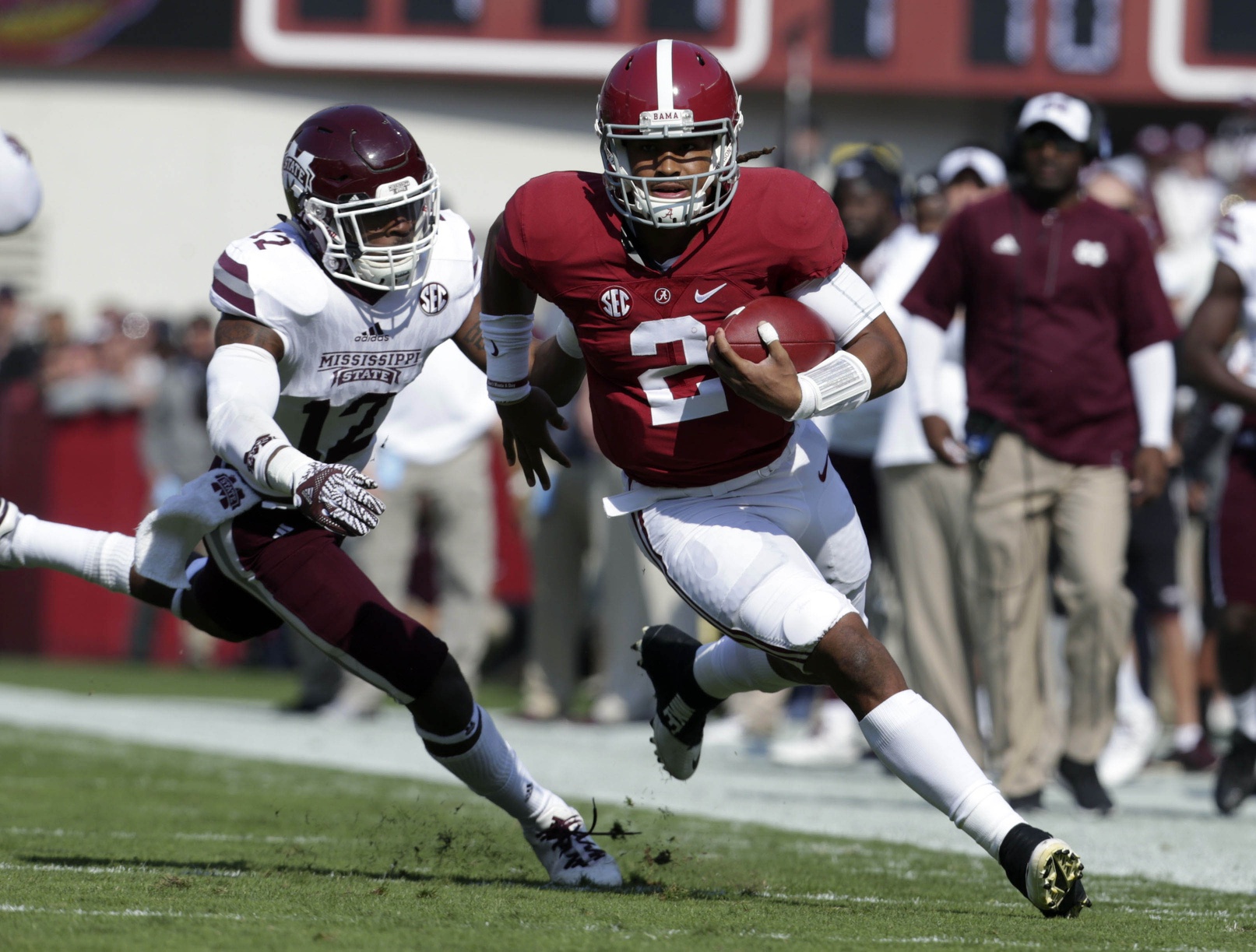
But Hurts is still a true freshman going up against an LSU defense that’s fourth in the SEC in pass efficiency defense and leads the league in fewest touchdown passes allowed (four). The Tigers get after quarterbacks (20 sacks) and Hurts has been taken down some (15 sacks allowed by Alabama). When teams get to him, he’s had a tendency to fumble (four with three lost, one returned for a touchdown).
LSU will have the task of having to contain the fleet-footed Hurts while also pressuring him. Arden Key, who leads the SEC West with 8.0 sacks, will be a hard player to get away from, but Hurts has the luxury of having the SEC’s best offensive tackle, Cam Robinson, to protect his backside.
EDGE: Even
Alabama rush offense vs. LSU rush defense: This is the other half of the Hurts equation as his 521 rushing yards on 95 carries not only makes him a threat when he’s looking to throw but also in running plays as he may well fake to one of Alabama’s stable of running backs and take off with it on his own.
That helps make fast-rising star running back Damien Harris (697 yards on 87 carries) that much more effective with his robust 8.0 yards per carry. Put it together and Alabama is second in the SEC in rushing yards per game (264.8) and third in yards per carry (6.0).
But Alabama will go up against an LSU rush defense that’s been as stingy as any except the Tide’s own defense. LSU is second in the SEC to Alabama and eighth nationally in rush defense (104.1 yards per game), and it’s also fourth nationally in yards allowed per carry (2.9).
LSU’s front gets penetration and the linebackers — Kendell Beckwith and Duke Riley — both get to the ball in a hurry and finish their tackles well.
Put simply, it will be the best rush defense Alabama sees.
EDGE: LSU
Alabama receivers vs. LSU secondary: It must make Hurts smile to drop back and be able to chose to throw to either big-play threat ArDarius Stewart (472 receiving yards in just six games), Calvin Ridley (44 receptions, 497 yards) or O.J. Howard (22, 278).
On the other side, it must make Dave Aranda smile to know that he can blanket opponents with a secondary that includes two projected first-round draft picks in cornerback Tre’Davious White and safety Jamal Adams, while sophomore defensive backs Kevin Toliver and Donte Jackson are also considered top prospects in upcoming draft classes.
So what separates the two groups?
Alabama makes its big plays in the passing game — Hurts has been very good — and the Tigers haven’t been great at creating turnovers. LSU is tied for 10th in the league in interceptions (six in seven games), a below-average statistic for a team whose secondary might be its biggest strength.
Sure, LSU is great at not allowing opponents to make plays — the Tigers allow the fewest passing touchdowns (four) of any in the SEC. Still, Alabama is likely to make more pass plays than LSU is used to allowing, but the Tigers are not as likely to counter that by creating turnovers against an Alabama team that protects the ball fairly well.
EDGE: Alabama
When LSU has the ball
LSU QB Danny Etling vs. Alabama pass defense: How do you look at LSU’s pass offense?
Does one look at the full year’s statistics that show the Tigers ranking ninth in the SEC pass efficiency and 12th in passing yards (183.9 per game). Or does one look at the three games under Orgeron and with Steve Ensminger as offensive coordinator? On those games, the Tigers have a pass efficiency of 153.1, second-best in the league behind Auburn, and throw for 232 yards per game, which would be sixth in the league if projected over a full season.
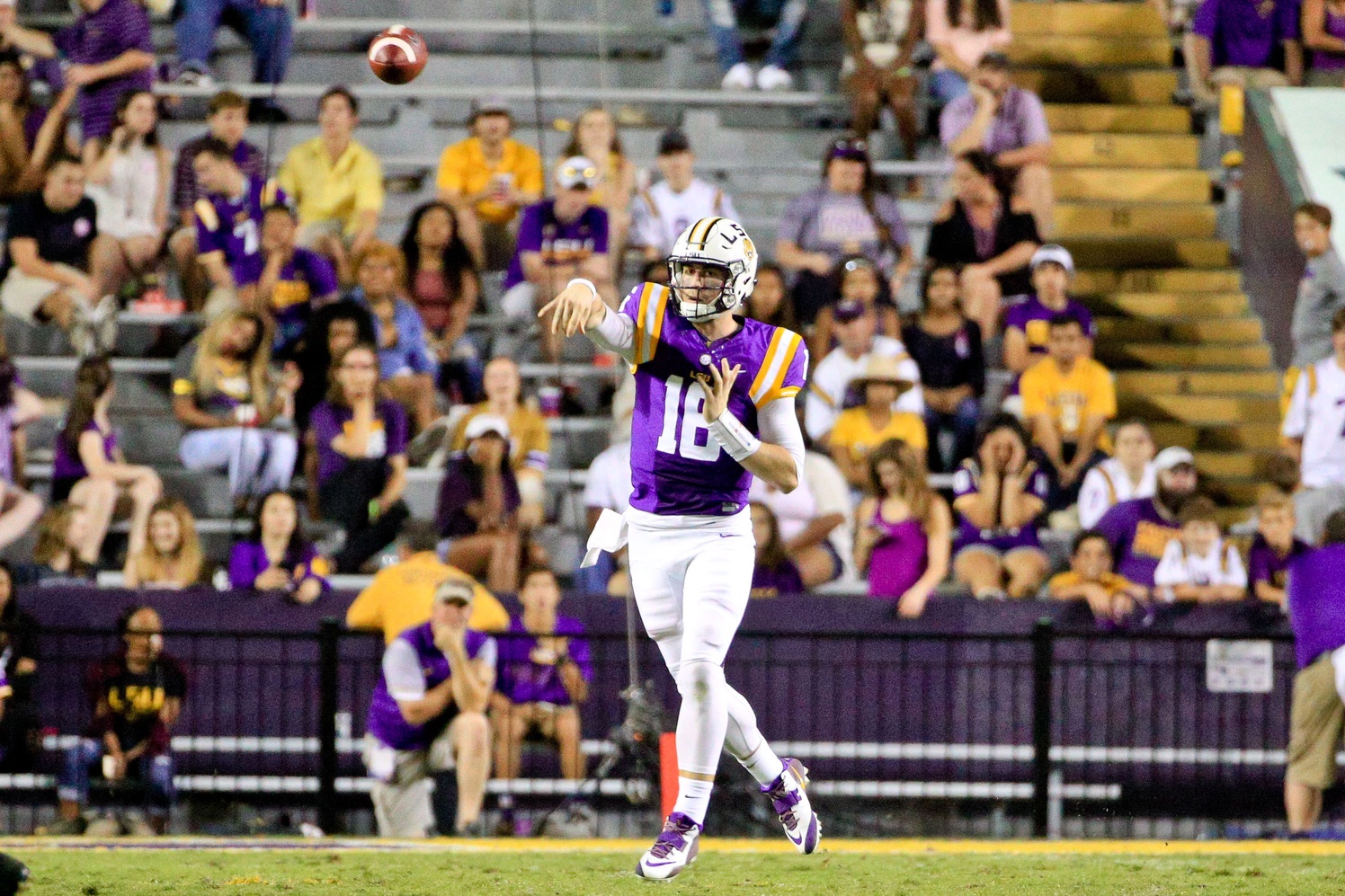
There’s no denying that Etling has improved immensely under Orgeron and Ensminger, giving the Tigers efficient, 200-plus yard passing days in all three games under the new staff.
But this is no ordinary pass defense Etling is up against this week. Led by outside linebacker Tim Williams (6.5 sacks) and defensive end Jonathan Allen (6 sacks), Alabama leads the nation with 32 sacks. And the pressure helps lead to jittery decisions that lead to defensive scores. Alabama leads the nation with 12 non-offensive touchdowns, nine by the defense.
And that talented group of pass-rushers is going against an LSU offensive line that’s been adjusting to injuries weekly. As a result, it likely won’t be as cohesive of a group as one would like an offensive line to be even with right tackle Toby Weathersby ready to return, thus giving the Tigers their original starting offensive line for the first time since the season opener against Wisconsin.
The bottom line is LSU will likely have to compensate to protect Etling, taking receivers out of the pattern to block. That’s not a formula for an above-average passing day.
EDGE: Alabama
LSU rushing offense vs. Alabama rush defense: One really can make a strong argument for LSU here. After all, LSU is fourth in the SEC in rushing offesne (239.9 yards per game) and leads the SEC and is second in the nation in yards per rush (6.7 yards a carry).
And the Tigers have done all this without a healthy Leonard Fournette.
Sure, Fournette was back setting a school record with 284 rushing yards in LSU’s 38-21 rout of Ole Miss last time out. But he said he wasn’t in shape coming off the ankle injury that has plagued him all season. He’s had two weeks to work on that. He should be as close to 100 percent as we’ve seen him since last season.
So advantage LSU, right?
Not so fast. This is, after all, Alabama. The Tide leads the nation in rush defense (70.1 yards per game and 2.2 yards per carry), and while some of that can be explained by sacks coming from a frequently front-running defense against desperate offenses (sacks count against your rushing totals), those numbers are still awfully impressive.
And let’s get real here. LSU hasn’t had success running at Alabama’s rush defense for years. And this Crimson Tide group is as talented as any with Reuben Foster, Shaun Dion Hamilton and Jonathan Allen leading a punishing front.
Fournette had just 31 yards on 19 carries in last year’s game. So until LSU proves otherwise, Alabama is always going to be considered the better team in this matchup.
EDGE: Alabama
LSU receivers vs. Alabama secondary: This would be a good week for some LSU receiver to step up and be the man.
That’s because we’re assuming that one can take out many of the receiving opportunities of LSU tight ends and running backs, who account for 37 of the Tigers’ 103 receptions this year. That’s because to hold off the Alabama pass rush, we’re expecting to see LSU play a lot of max protection for Etling.
So far this year, nobody has proven to be a reliable go-to for Etling or former starter Brandon Harris. At this point, that could either be because Etling’s preference to spread the wealth or maybe just because some pretty talented guys — Travin Dural (24 receptions, 246 yards) and Malachi Dupre (23, 288) in particular — haven’t gotten results.
It’s hard to imagine that the breakout game would come against a Crimson Tide secondary with talents like Minkah Fitzpatrick (3 interceptions), Marlon Humphrey (2 interceptions) and Anthony Averett providing the coverage.
Bottom line is some LSU receivers are going to have to show something they haven’t shown all year against a secondary that’s already proven itself.
EDGE: Alabama
Special Teams
Alabama has returned three punts for scores, accounting for a quarter of the Crimson Tide’s non-offensive touchdowns. But two of those were on punt returns by safety Eddie Jackson (who also ran back an interception for a score), and Jackson is out for the season with an injury.
With Jackson and his 23 yards per return out, LSU evens things out here. The Tigers have steadily improved their punt game (40.3 yards net) and are first in the SEC in kickoff coverage and fifth in punt coverage.
Alabama has a negative in a mere 66.7 field goal percentage by kicker Adam Griffith. So to add it up, LSU has the edge in kick coverage and field goal percentage, and Alabama has an edge in net punting and punt returns.
EDGE: Even
